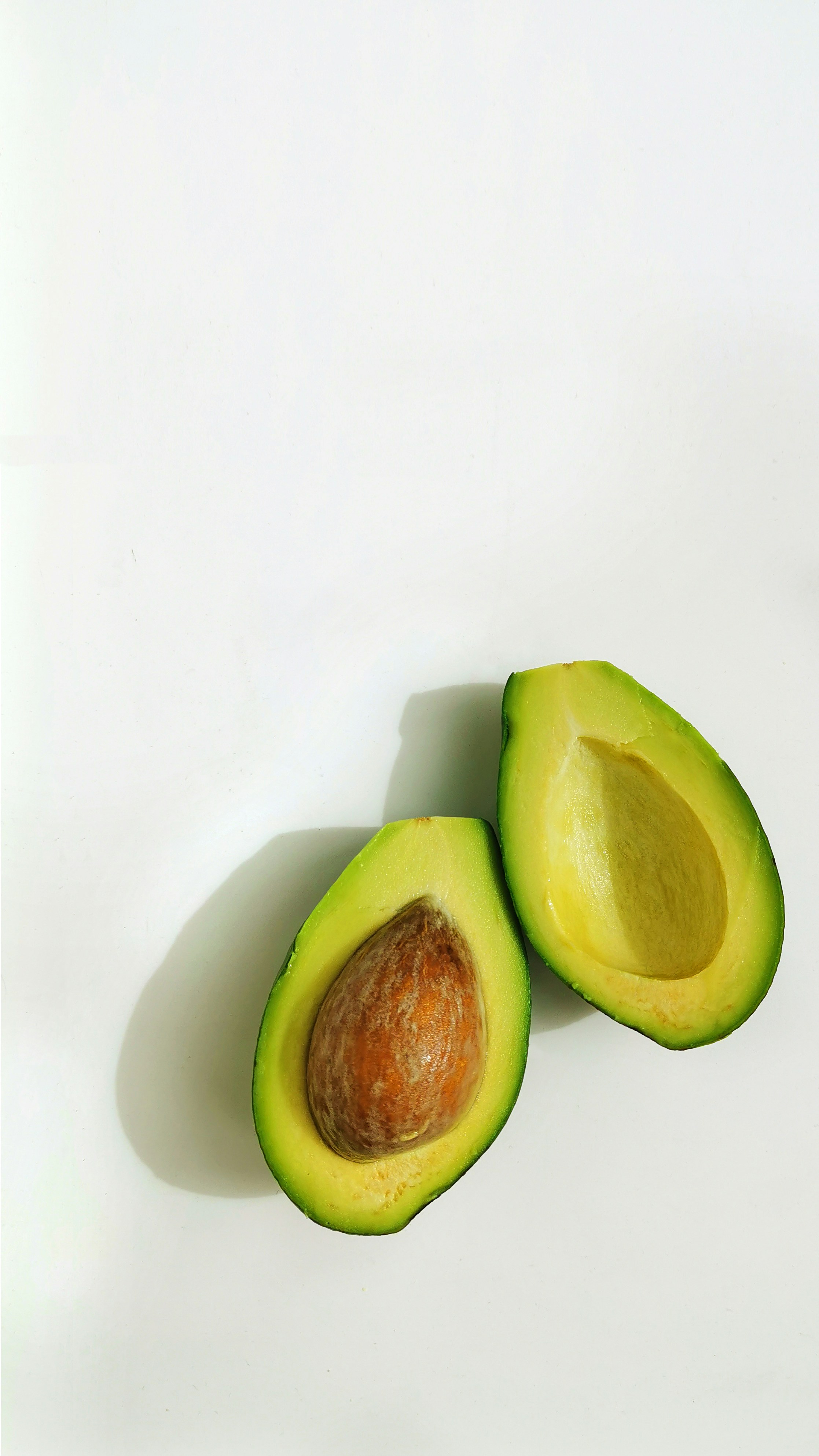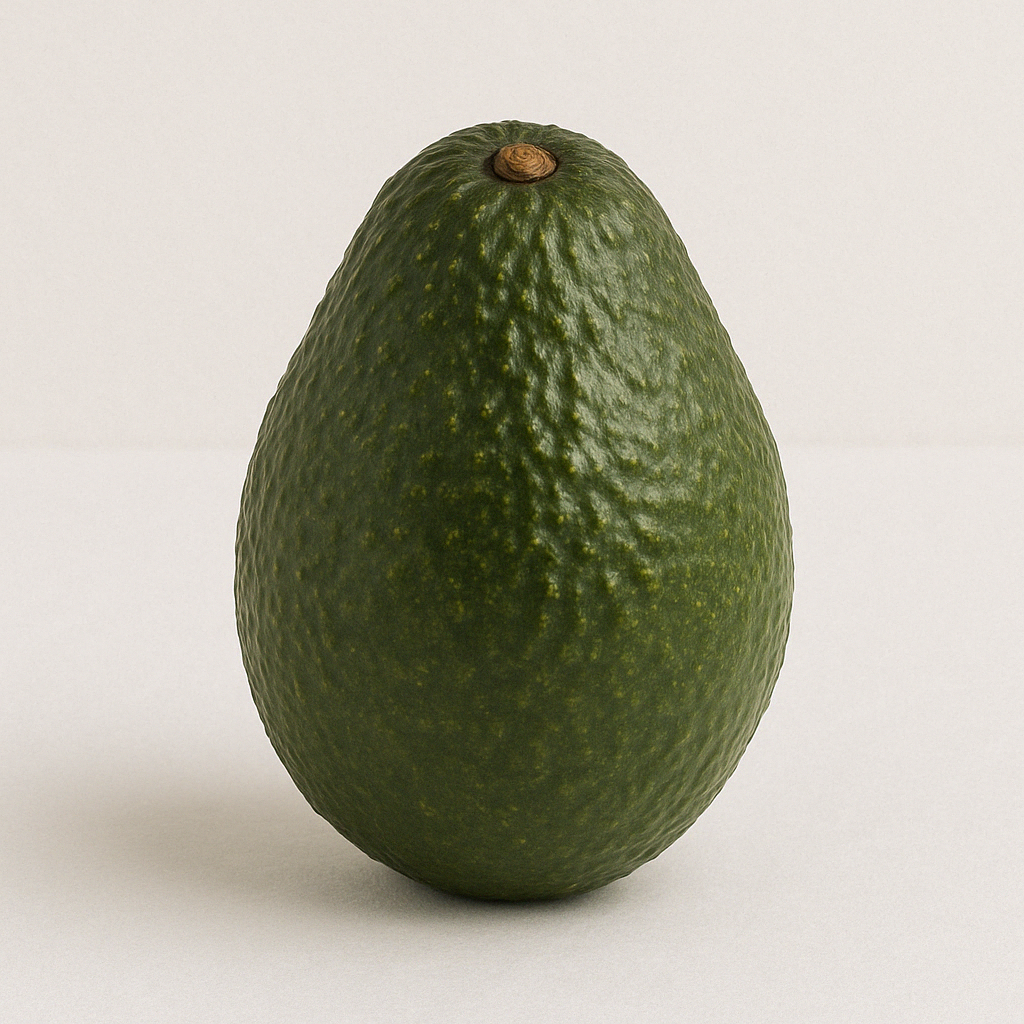

신선 아보카도 from 인도네시아
Be the first supplier featured in this market.
About this market
About
History
Avocados have been cultivated in Indonesia for centuries, introduced by Spanish and Portuguese traders in the colonial era. The fruit quickly became integrated into local agricultural systems and diets, with farmers developing unique varieties suited to the tropical environment. Unlike commercial production in Latin America, Indonesia’s avocado industry remained fragmented and small-scale for much of its history. However, in recent years, there has been increased interest in expanding commercial production, particularly for high-value varieties like Hass, which has potential for export.
Production Region
Avocado farming in Indonesia is widely distributed across various islands, with key production regions including:
- West Java: The leading avocado-producing area, benefiting from volcanic soil and a favorable climate.
- Sumatra: A major agricultural hub where avocados are often grown alongside coffee and durian.
- Sulawesi: A developing region for avocado farming, with growing interest in commercial cultivation.
- Bali & Lombok: Smaller-scale production, primarily for local consumption and tourism markets.
Growing Conditions
Ideal conditions for avocado cultivation in Indonesia include:
- Climate: Tropical with high humidity, well-suited for year-round production.
- Temperature: Ranges from 18-28°C, with optimal growth in higher altitudes.
- Rainfall: Annual precipitation of 1,500-2,500 mm, supplemented by irrigation in drier areas.
- Soil: Fertile, well-draining volcanic soil with a pH between 5.5 and 6.5.
Harvesting Process
Avocados in Indonesia are typically harvested by hand to minimize damage:
- Maturity Indicators: Determined by skin color changes and firmness.
- Hand Picking: Using clippers or poles to prevent bruising.
- Post-Harvest Handling: Sorting, grading, and packaging are done manually or semi-mechanized.
Cultivation Method
Indonesian avocado farming is largely based on traditional and low-input cultivation practices:
- Smallholder farming: Most avocado farms are family-run, with trees grown in backyard gardens and mixed agroforestry systems.
- Minimal chemical inputs: Many farmers rely on organic fertilizers, such as compost and manure, rather than synthetic fertilizers.
- Intercropping: Avocados are often planted alongside coffee, durian, and other fruit trees to maximize land productivity.
- Natural irrigation: Many farms depend on rainfall rather than irrigation systems, though some larger farms are beginning to adopt drip irrigation.
Supply Chain
Indonesia’s avocado supply chain consists of smallholder farmers, cooperatives, and emerging commercial plantations:
- Small Farms: Majority of production is from small-scale growers supplying local markets.
- Commercial Growers: Increasing presence of structured plantations focused on export.
- Exporters: Companies working with cooperatives to meet international quality standards.
Local Logistics
Avocados are transported from farms to markets and ports via:
- Road Transport: Trucks and motorcycles for short-distance transport.
- Cold Chain Development: Limited but growing infrastructure for temperature-controlled storage.
- Export Ports: Major seaports include Jakarta (Tanjung Priok)
Regulations and Certifications
Indonesia is working to align its avocado industry with international standards:
- GlobalG.A.P. and Organic Certifications: Encouraged for export farms.
- Phytosanitary Requirements: Ensuring compliance with destination country regulations.
- Food Safety Standards: Implementation of HACCP in processing facilities.
Quality Standards
Avocados are graded based on:
- Size and Weight: Standardized for international markets.
- Skin Appearance: Free from blemishes and uniform ripening.
- Oil Content and Ripeness: Assessed for export suitability.
Trade Terms
- Minimum Order Quantity (MOQ): Typically 10-15 metric tons per shipment.
- Incoterms: FOB (Free on Board), CIF (Cost, Insurance, and Freight), and EXW (Ex Works).
- Payment Methods: Bank transfers, letters of credit, and escrow payments.
Environmental and Social Impacts
Avocado farming in Indonesia presents both challenges and opportunities:
- Deforestation Risks: Expansion of plantations into rainforest areas.
- Water Usage Concerns: Sustainable irrigation practices needed.
- Smallholder Support: Government and NGO programs aim to improve livelihoods.
Uses
Avocados in Indonesia are consumed in various ways:
- Fresh Consumption: Blended into smoothies and desserts like "Jus Alpukat."
- Processed Products: Used in avocado oil and beauty products.
- Culinary Applications: Increasing adoption in savory dishes and Western-style cuisine.
Harvesting seasonality
Varieties
Butter Avocado (Mentega)
A locally prized variety with a creamy, high-oil content, often used in drinks and desserts.
Alpukat Hijau (Green Avocado)
A variety with smooth green skin and a mild flavor, commonly consumed fresh.
Miki Avocado
A hybrid variety with a small seed and a rich, buttery texture, gaining popularity in local markets.
Hass
Though not widely grown, Hass avocados are increasingly cultivated for their export potential, particularly to Singapore and Malaysia.
Production of 신선 아보카도 in 인도네시아
Production overview
Production trend chart of 인도네시아 신선 아보카도
Export of 신선 아보카도 from 인도네시아
Export overview
Export trend
Verified suppliers
/132x132/company-logo/7f/ff/e2/7fffe256729fc6feec9a6ce92e9c214bc245c184/logo_edit.png)
/132x132/company-logo/8b/1d/2f/8b1d2f42cb4c538b489ce54b3616cead03e5575d/LOGO_nUSANTARA.png)
/132x132/seller-logo/03/78/cb/0378cb2cef6c9a48cbcf3708b5fc3c4e15dbd5af/CMC_Logo.jpg)









